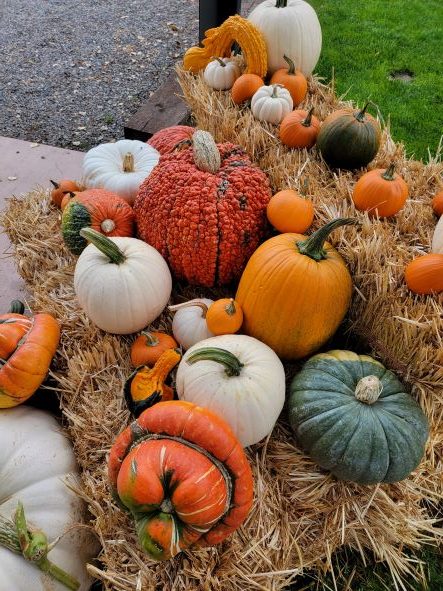
Happy Halloween


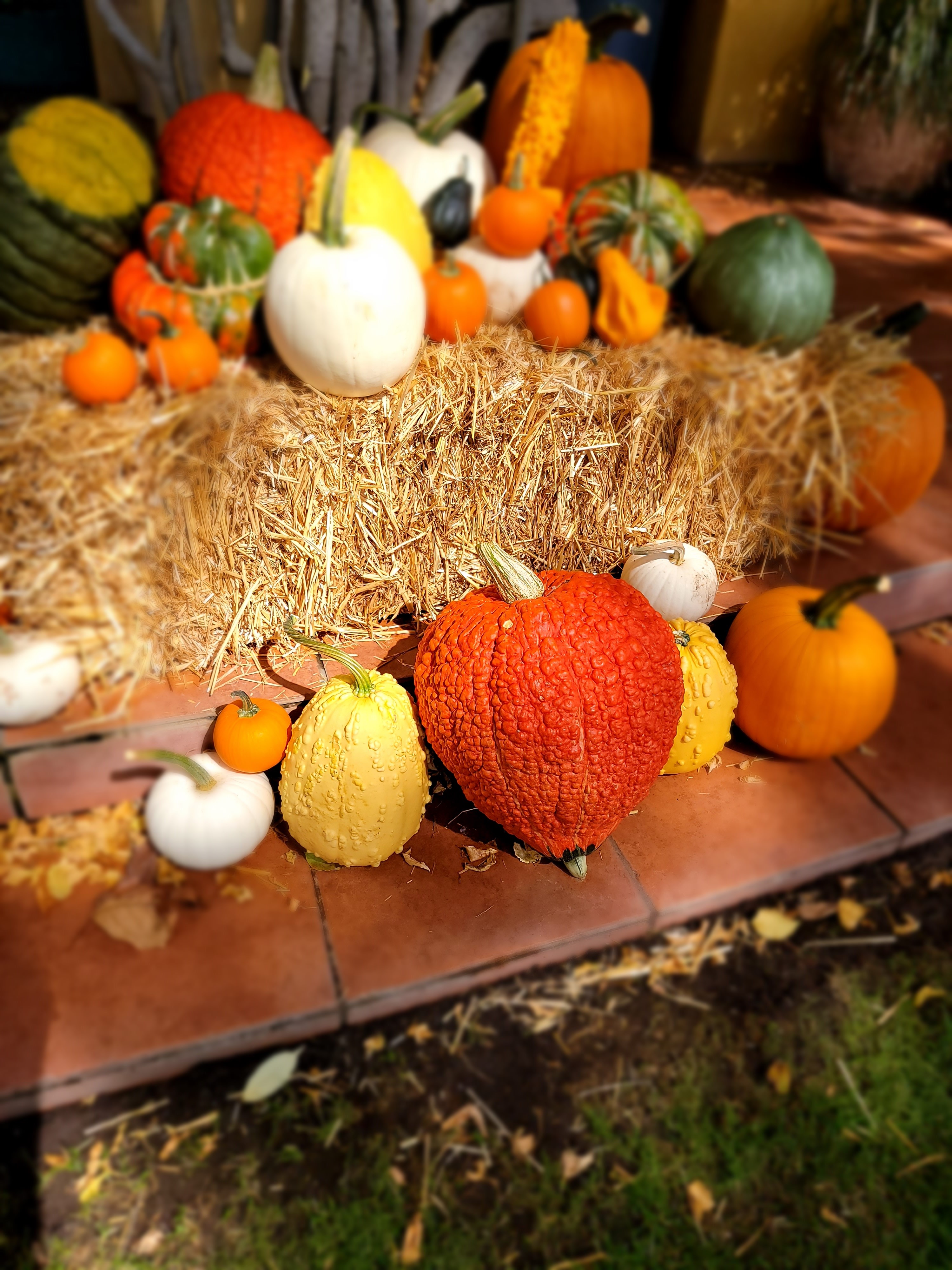
It seems summer is still here in parts of the country. But, it is time to think about fall and holiday travel.
It is always a hectic time to travel but add in the pandemic and it will become even more hectic. So, what do you do?
Book Early
As usual, fall and holiday travel will get more expensive the longer you wait. If you are thinking of Thanksgiving travel, the time to book is now. Same goes for Christmas travel.
Rental Cars
Perhaps you have read rental cars are hard to find and reserve, especially at the last minute. It would be a good idea to rent one now for your fall and holiday travel. If you can rent one with a refundable reservation, even better.
TSA Pre-Check
If you are not already a TSA Pre-Check member, there are several reasons to register now before your fall and holiday travel. Security lines at the airport are long and will get longer this holiday travel season. With Pre-Check you do not stand in the regular security line. This means less time in line and less close contact with others.
Prepare for Extra Time in Lines
TSA has a staffing shortage. Combine that with more travelers this fall and holiday travel season and that means lines will be longer in security and at check in at the airport.
Also, prepare for longer lines at hotels. Staffing shortages seem to have affected all areas of the travel industry.
Check all Travel Requirements
If your fall and holiday travel destination is international, sign up for STEP https://step.state.gov/. Find out what each country requires, what is required to come back to the US, and what you need to do. Also, check with the airline to see what their requirements are.
Know CDC Travel Guidelines
Right now, the guidelines are to delay travel if you are not fully vaccinated. If you need to travel and are not fully vaccinated, follow the CDC’s domestic travel or international travel recommendations. https://www.cdc.gov/coronavirus/2019-ncov/travelers/index.html
Check out if you are traveling with children younger than 12 what is best. Also, be sure to check mask requirements.
Check out more travel recommendations at https://travelsandescapes.net/
We spent about three hours in the Ronald Reagan Presidential Library and Museum. Very well done, this museum is designed for self-guided activities. There are plenty of knowledgeable volunteers and docents on hand to answer questions.

Here are a few highlights:
Throughout the 18 galleries are highlights of President Reagan’s life as America’s 40th president. Some of his life prior to politics we knew about. Other things and events we did not. We watched short films depicting his life as a radio personality in Iowa and ones explaining his connection to General Electric Theater.
His Oval Office is recreated as a full-sized reproduction of the Oval Office as it appeared during his presidency. Even though the basic shape and architecture have changed little since the 1930s, each president makes his own changes in interior design, new carpet, and artwork.
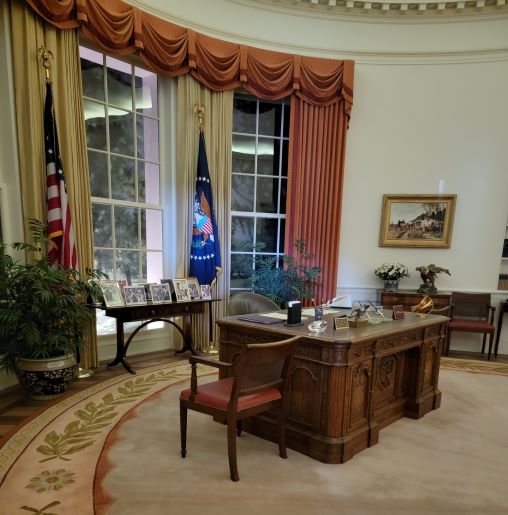
In the Air Force One Pavilion, we walked through Air Force One, the “Flying White House” for President Reagan and six other US presidents from 1973 to 2001. We also walked through Marine One, the presidential helicopter. Included in the museum is an actual presidential Secret Service motorcade featuring President Reagan’s 1984 parade limousine.
It was interesting to see the history of Air Force One depicted in a wall mural. The mural featured aircraft from FDR’s Dixie Clipper to the current Boeing 747.
On the upper floor of the three floors is the Mezzanine Gallery, where we learned more about his face-to-face diplomacy with other world leaders. We also learned about the Secret Service and their role in protecting the president while he travels.
The section detailing the Iron Curtain and the fall of it are included in one gallery. The Iron Curtain took shape following WWII, as a profound division between communism and democracy, oppression and freedom. Pieces of the Berlin Wall can be seen here as well as events happening and leading up to the fall of the wall.

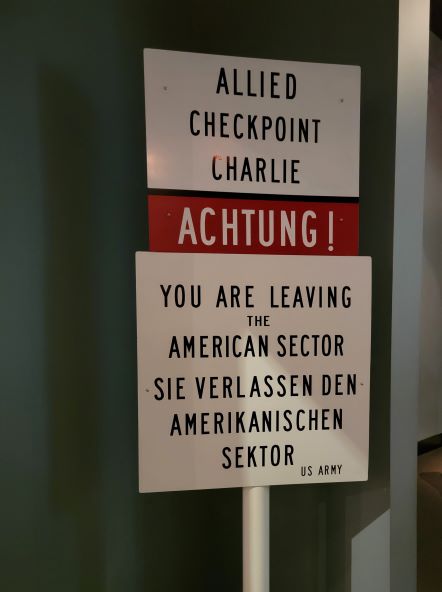
Nancy Reagan played an important part in President Reagan’s life and presidency. An entire section and galleries are devoted to her and what she did as First Lady. She was a stickler for details as she became very involved in planning all White House events, right down to the details. She was also the president’s closest confidante, staunchest defender, and took on special causes of her own. She started the campaign of “Just Say No” to combat drug use.
This is a place to visit to learn more about President Reagan and our country at the time of his presidency.
If You Go: The Ronald Reagan Presidential Library is located at 40 Presidential Drive, Simi Valley, California. Advance tickets are required as of this post, with timed entries. Masks are required throughout.
Check out more places to visit at https://travelsandescapes.net/
You should know by now that wearing face masks when flying is required. Did you know the airlines’ mask mandate has been extended through January 18, 2022. It is possible it will continue to be extended beyond that date.
What does that mean for you? All travelers two years of age and older need to wear a mask whenever inside a U.S. airport or onboard an airplane, regardless of vaccination status.
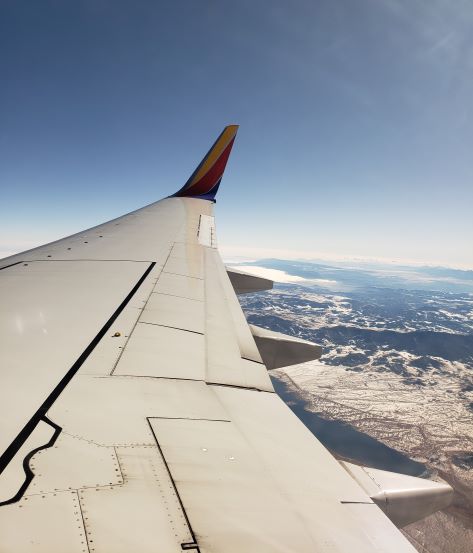
Airlines can issue fines of up to $3,000 and ban non-compliant fliers for life, making it an expensive mistake to refuse to wear one.
Did you also know that wearing masks when flying can be different on different airlines? Bandanas and scarves are generally not sufficient. Some airlines have more restrictions for cloth face coverings or masks with vents. All airlines indicate that face shields may be worn in addition to a mask. Keep in mind wearing a face shield is not an alternative to wearing a mask.
If you are traveling in the US, the CDC has issues specific requirements for what constitutes an acceptable mask when flying. Most US airlines follow these guidelines and some have added even more specific requirements.
These are a few airlines I found that have specific requirements for wearing masks when flying.
Alaska Airlines allows cloth masks made with two or more layers of breathable fabric. Gaiters are allowed if they have two layers or are folded to make two layers. Masks that do not cover your nose and mouth are not accepted. Likewise, masks cannot have any slits or exhalation valves.
American Airlines lists masks or 2-layered secured cloth as acceptable face coverings. Unacceptable face coverings include balaclavas, bandanas, gaiters, scarves, ski masks, and face covers with exhaust valves or vents.
Delta Airlines specifies that the type of mask allowed onboard follows CDC guidance. Permitted masks include disposable surgical or medical masks, cloth masks with tightly woven fabric, valve-free respirator masks (N95 or KN95), fabric masks with a clear plastic window, and gaiters with two layers. Any mask with an exhaust valve is not permitted and, like other airlines, bandanas, scarves, ski masks, and balaclavas are not sufficient.
Frontier Airlines states that face coverings must fit snugly over your nose and mouth and must be secured under the chin. Open-chin triangle bandanas and face coverings containing vents are not allowed.
Hawaiian Airlines says any mask must meet CDC requirements. Cloth masks should be made with two or more layers of breathable fabric, which do not let light through.
Jet Blue requires travelers to wear masks that do not have any vents or exhalation valves. The airline also states that personal face/body tents or pods, personal air purifiers, ozone generators, and masks connected to tubing or battery-operated filters are not allowed.
Southwest basically follows the CDC guidelines to a tee. Masks must completely cover the nose and mouth and fit snugly with ties, ear loops, or elastic bands that go behind the head. Clear masks or cloth masks, medical masks and N95 respirators are allowed, as well as neck gaiters with two layers of fabric. Masks may not have any exhalation valves.
Spirit states that masks must have at least two layers of fabric such as disposable non-medical face masks, or multi-layered cloth. Open-chin triangle bandanas and face coverings containing valves or mesh material are not appropriate.
United Airlines says travelers are required to wear a mask with no vents and bandanas are not permitted. Masks must be worn at customer service counters, airport lounges, gates, baggage claim, and on board during the entire flight.
Air France requires flyers to wear a surgical mask or an FFP1, FFP2, or FFP3 type mask without an exhaust valve. Cloth masks are not authorized.
Finnair says you must have a surgical mask or a valveless FFP2, FFP3, or another valveless mask following the equivalent standards, such as an N95. Masks made of fabric are not accepted. If you’re just flying within Europe, kids under 7 years old don’t need a mask, but all passengers above 2 years old must wear a mask when flying to/from the USA.
Lufthansa says you must wear either a surgical mask, FFP2, or KN95/N95 mask. Cloth masks are no longer permitted for flights to and from Germany.
Swiss requires these face masks, FFP2, KN95, or N95 standard, or surgical masks. When flying within Europe, children under 12 years of age do not need to wear a mask, but all passengers over the age of 2 must wear a mask when flying to/from the USA.
Are there any exceptions to wearing face masks when traveling?
The CDC lists a narrow subset of individuals who may be exempt from wearing a mask for medical reasons. This includes people with certain disabilities or requirements that would not allow them to wear a mask safely. Individuals who want to request an exemption must contact the airline for the procedures to be followed. Some airlines require you to fill out forms and send a physician’s signature up to a week in advance.
When looking for more tips, check out https://travelsandescapes.net/
During a recent trip to the Santa Barbara area, we stopped to visit one of California’s 21 missions, Old Mission Santa Barbara. Stretching from San Diego to Sonoma, these missions are reminders of California’s and the nation’s past. Over a period of 54 years these were built, along with forts or presidios. Some of these evolved into major cities in California.
According to this mission, it is a community of many parts, but one spirit. The Mission has served as a gathering place and spiritual home for many since its establishment in 1786.
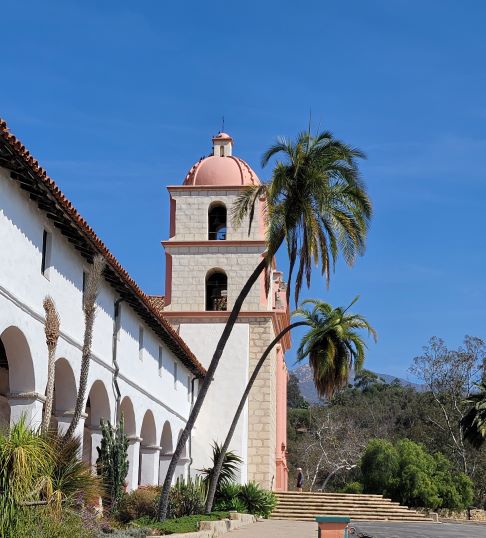
Today the Mission operations include a museum, gift shop, cemetery and mausoleum, and several historic gardens, as well as being the home to a community of Franciscan Friars on about 15 acres. This is also home base for Saint Barbara Parish, which operates under the Archdiocese of Los Angeles, the Santa Bárbara Mission Archive-Library, a separate Franciscan-sponsored non-profit, and a Novitiate which provides the first year of education for Friars in training from across the United States.
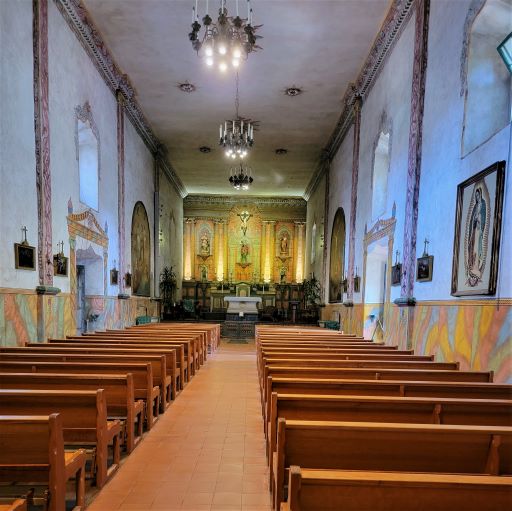
We spent about two hours wandering through the multiple gardens and touring around the mission. Our self-guided tour allowed us access to the museum where historical artwork, artifacts, and information on living here many years ago gave us insight into the history of this area.
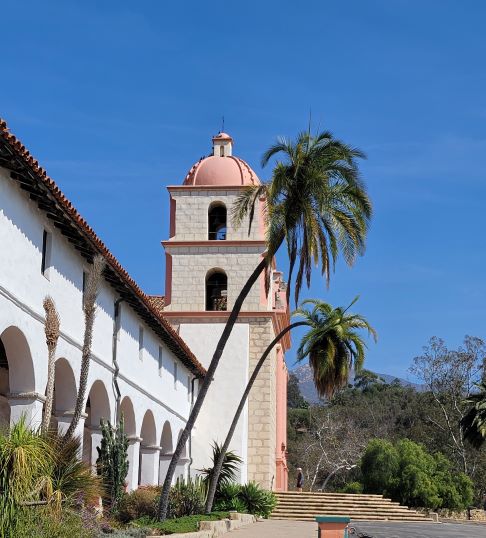
The Mission church, mausoleum, and cemetery offered a calming effect as we reflected on life centered around a Mission. The grounds encompass 15 acres overlooking the Pacific Ocean. Peaceful is the best way to describe the visit.
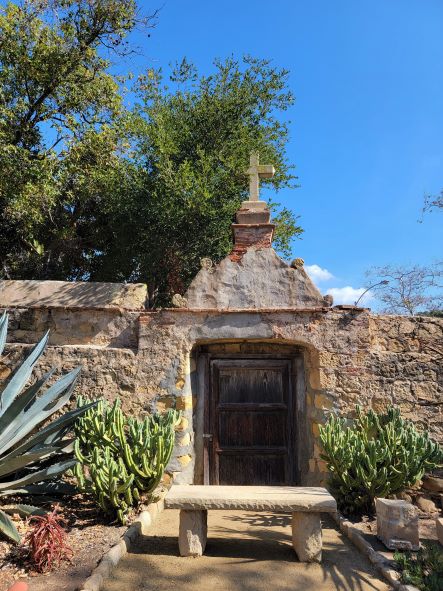
Definitely worth time to visit when you are in the Santa Barbara area.
If You Go: The Old Santa Barbara Mission is located at 2201 Laguna Street Santa Barbara, CA 93105.
There is a small charge for admission.
Check out other things to do in Santa Barbara at https://travelsandescapes.net/
If you are thinking of making holiday travel plans this year, here are some things to think about.
Are you flying? If so, book your flights as soon as you can. This means in the next day or two. Seriously. You have probably read about current flights being disrupted and those have the potential to disrupt your holiday travel plans even more. Last minute flight changes seemingly happen regularly, prices increase as we get closer, and more families just want to travel.
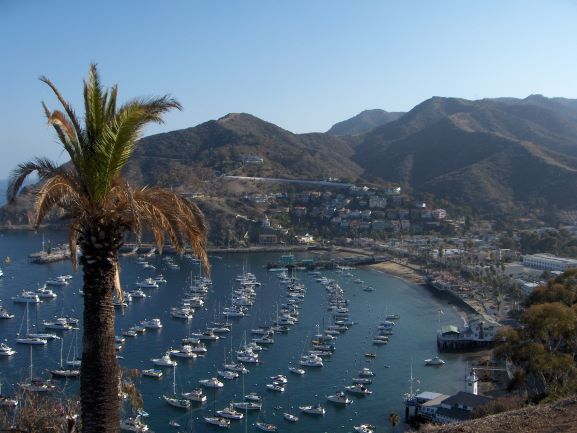
Where are you staying? If your holiday travel plans include Airbnb or VRBO instead of hotels, these companies have already begun to sell out in some popular vacation sites.
If you plan on venturing outside the US, check your passport. If you need to renew it plan on about 16 weeks turn around time. Same goes for a new one. Expedited service is no better. Think about where you are going. Many countries require your passport to be valid for at least six months at the time of travel. Check your expiration date before you make those holiday travel plans.
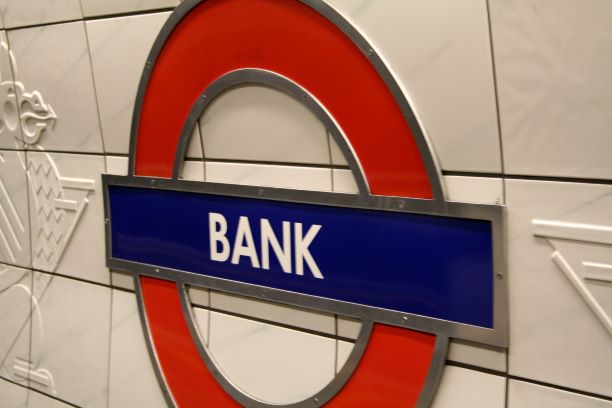
Do not forget about COVID-19 restrictions. Check, check again, and check once more for any testing and quarantine requirements before you finalize any holiday travel plans. Each country has its own requirements, even if you are just passing through on a connecting flight. Be sure to check closer to your departure date as well. You may need a digital health pass like France requires. You should have copies of your tests, vaccinations, etc. Make several copies to be safe.
Also, remember the US still requires a negative COVID-19 test for all returning passengers entering, over the age of two.
If you plan on taking gifts on a flight, remember you cannot take wrapped gifts. TSA will probably inspect them. It would be best to ship them in advance.
Be sure to check out my posts on packing, packing lists, and what to take. Travel safely this year, wherever you go. https://travelsandescapes.net/category/travel-tips/packing-travel-tips/
One area of the Denver Botanic Garden is the Bonsai Tree area. We looked at trees no more than two feet tall which had been growing for 10 years to over 50 years.
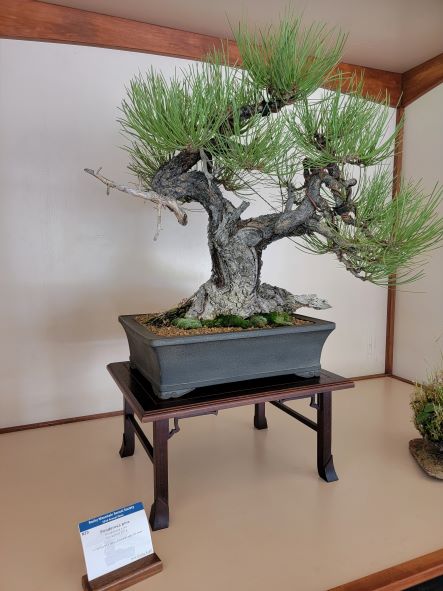
We overheard one person say these were just little trees that are not very impressive and asked why they were even here. That might be a common misconception if you do not know what it takes to keep these trees little.
Exactly, what is Bonsai?
Bonsai is a Japanese term which literally translated means planted in a container. The ultimate goal of growing a Bonsai is to create a miniaturized but yet realistic representation of nature in the form of a tree.
They really are little trees. And, so much more.
Can you train any plant to be a bonsai?
Apparently, almost any tree or shrub can be turned into a bonsai. Why? Because it is created from perennial woody-stemmed tree or shrub species that produces true branches and can be cultivated to remain small through the size of the pot. You need to prune both the crown and the root.
Structural pruning keeps bonsai trees small by cutting off thicker branches. This will adjust and guide the appearance of your tree over the years. You want to trim branches close to the ground, ones parallel with the trunk.
What are the best trees for beginners?
One choice is Chinese Elm, a semi-evergreen tree with small leaves. Another choice is Juniper, an evergreen tree with scale-like foliage. This one is a bonsai classic and old specimens from Japan are extremely valuable. You could also pick Cotoneaster, an evergreen tree with small leaves and flowers.
The Summer Bonsai Show was happening during our visit to the Denver Botanic Garden. We walked around through the tents housing the winners, classes, and displays of dozens of trees. Just when we thought we saw an ‘old’ tree, we found one even older.
Some of these were in excess of 100 years old. They have obviously been tended to by multiple generations. Amazing!
Check out more from the Denver Botanic Garden at https://travelsandescapes.net/
A Day at Denver Botanic Gardens
When we decided to visit the Denver Botanic Gardens, we did not realize it was recognized as one of the top five botanic gardens in the US.
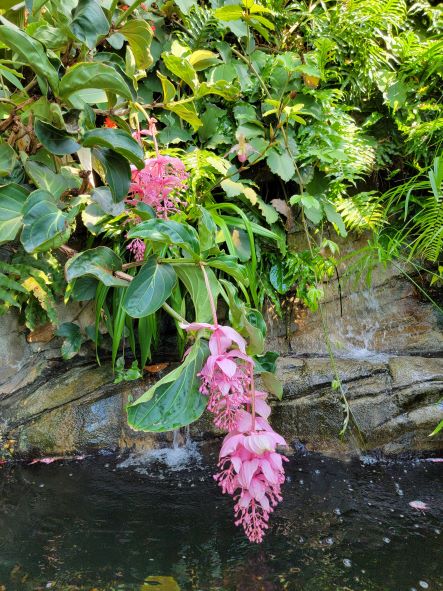
After spending several hours there, wandering most of their 24 acres, it is easy to see why they receive that recognition. With the wide diversity of plants from all over the world, there are several gardens within the facility.
The first area we explored is Garden of the West with its regional garden areas and plants native to this area. The Bristlecone Border, one of three gardens in the Western Panoramas, is a demonstration of Colorado’s subalpine ecosystem from 10,000 feet to 11,500 feet. Gnarled bristlecone pines are accentuated by a variety of native grasses, flowers and shrubs.
In the Cactus and Succulent House, tender cacti and succulents representing 20 families are displayed in this quaint glass house. Unusual, desert-adapted old-world exotics lead into native species of North America, Central America and South America.
The Conservation Gardens area spotlights Colorado’s rare and threatened plants and their companions, primarily from the southwestern portion of the state. Featured plants often correspond with those studied in the Gardens’ Research and Conservation Department.
Receiving no supplemental irrigation, the Dryland Mesa Garden is a showcase for arid-adapted plants. The garden features cacti, agave, yuccas, trees and shrubs that are suitable for our region. Peak bloom is from mid-May to mid-June.
This western-themed garden, Dwarf Conifer Garden, highlights the subtle variations in color and texture of dwarf conifers, a category of cultivars well-suited for small spaces. These slow-growing evergreens, perhaps best viewed in winter, gain only 1-6 inches of height annually.
The Welcome Garden serves as a gateway to the Gardens, offering year-round interest while hinting at what is possible in your yard. Among its features are flowing water, a gathering space and native plants intermingling with ornamental cultivars.
Next, the Ornamental Gardens with perennial and annual favorites of gardeners. We walked through herb gardens, daylily gardens, fragrance gardens, rose gardens, romantic gardens, sensory gardens, and scripture gardens. Well tended with beautiful flowers we felt like we were in someone’s back yard garden.
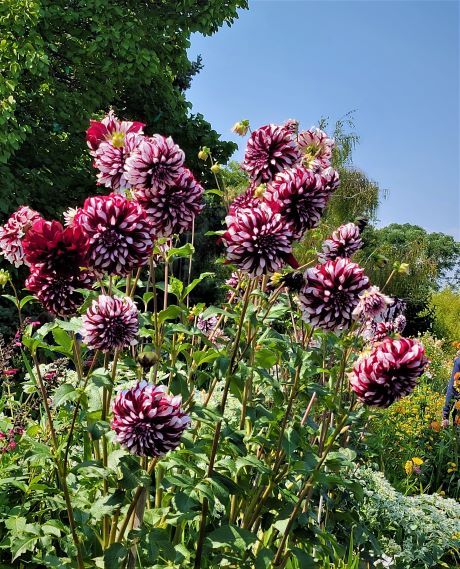
Since it was hot in Denver that day, the Shady Gardens provided a welcome relief to cool down. The Birds and Bees Walk allowed us to sit and watch hummingbirds and bees dart among the blossoms. Just the spot we needed after walking on a hot day.
In the Water Gardens, an extensive waterway system meanders through the Gardens and feeds seven water gardens. Together, they display more than 450 aquatic plant species and varieties. The Gardens is a world leader in aquatic gardening and the display of aquatic plants.
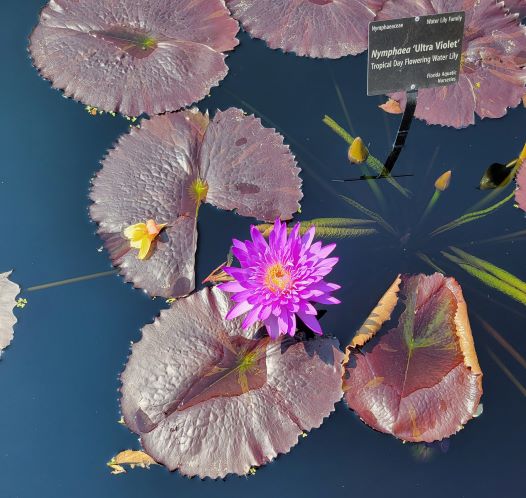
The Four Towers Pool is a pond adjacent to the Science Pyramid. There is a changing array of aquatic plants including papyrus, swamp hibiscus and cannas along with hardy and tropical waterlilies. The tower fountains in this pool are the entry point for water recirculated throughout all of our waterways running west to the Gates Montane pond.
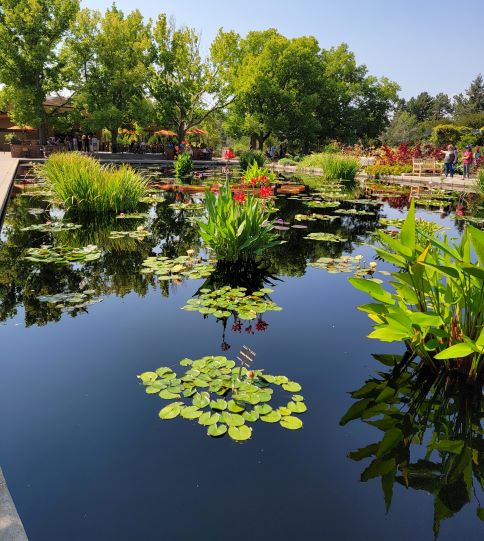
The Monet Pool was my favorite spot of all. It is the Botanic Garden’s largest water garden and features a stunning collection of aquatic plants including hardy and tropical waterlilies, Victoria waterlilies, pickerel plants, cannas, iris and more. Peak bloom occurs from June through September each year. We learned an annual Water Blossom Festival is held in early August.
Now to explore the Pyramid. The Science Exhibition Pyramid explores the ways in which the lives of Colorado’s living things are intertwined through landscapes and the finite resources we share. Interactive activities and stories allowed us to see and hopefully understand the bonds we have with nature. My favorite was a hologram of a globe showing how hurricanes, drought, and more affect different areas of our world.
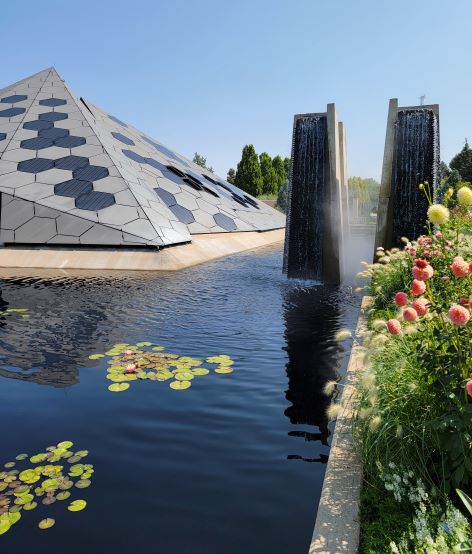
Take some time next time you are in Denver and visit the Botanic Gardens. Plan to spend at least three to four hours. You may take in water or you can buy drinks and food at two cafes within the facility. At this point in time, masks were not required outdoors if you were vaccinated.
If You Go: The Denver Botanic Gardens are located at 1007 York Street, Denver, CO. The hours are 9 to 7.
For more information check out https://www.botanicgardens.org/
Recently we flew to Denver for a long week-end. This was only the second time flying since the pandemic started.
What surprised us and what were our expectations?
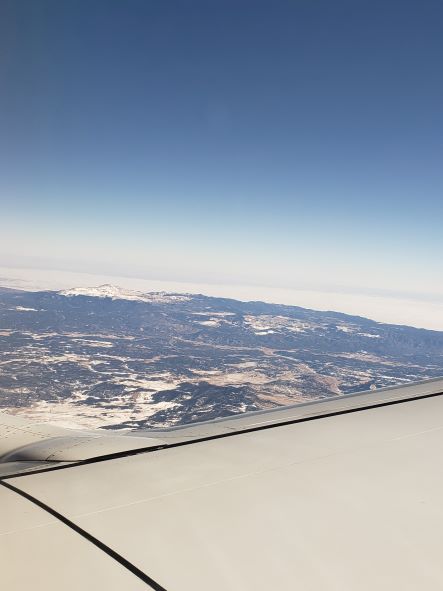
First, TSA. In the TSA Pre-Check line, a man in front of me tried to argue with the TSA agent about his ID and his Pre-Check status. The argument didn’t last long as another agent stepped in to take care of him.
Next, the airport. The Denver airport was packed with people. There was no social distancing, no room for it. Announcements were made repeatedly about wearing masks at all times and what type of masks were acceptable. People adhered to this for the most part. We saw several people with their masks pulled down until another announcement was made.
Now, the plane. Both ways the plane was full. We expected that. The flight attendants on Southwest were beyond friendly and helpful. With all the negative press about people on planes, we did not have any of those on our flights. Announcements were made multiple times about keeping your mask on unless actively eating or drinking. As usual, passengers got up when the seat belt sign was lit…nothing different there. The choice for drinks was limited. Five choices were given and we were asked to hold up a finger to show which choice we wanted. One finger for Coke, two for Diet Coke, three for Seven-Up, four for water, and five for coffee. Most people complied.
We were surprised by the number of people in the airport. Was that unique to Denver? Hard to tell as it was a holiday week-end.
Will we fly again? Sure, as long as people comply with the guidelines.
How about you? Have you flown anywhere recently?
It always helps to know a few simple travel tips, especially when going to a new place. It seems like every time we travel, we learn a few more simple travel tips. Sometimes these come from seasoned travelers and sometimes from locals.
Here are just a few of our favorite simple travel tips.
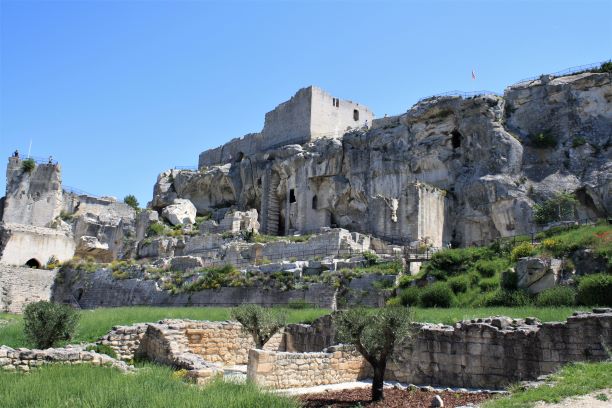
Understand Money
We look up the exchange rate when we travel outside the US. We will get some Euros or currency from our local bank before we leave. That way we have some cash in case we need it as soon as we land. It is a simple travel tip that can save you money especially after a long flight.
If we need more cash once we are there, we use ATMs. The best ones are either located in a bank or right outside a bank. Try not to use an ATM in an airport or train station as the rates will probably be higher. Also, do not use the currency exchange counter at the airport, unless you are confident the exchange rate is what it is supposed to be.
We use a credit card associated with our bank. This simple travel tip allows us to dispute a false charge if necessary. When asked if we want the charges to appear as the foreign currency, Euros for example, or US dollars, we always choose US dollars.
Understand Guided Tours
We have found that guided tours can be a wonderful way to see certain sites. The best simple travel tip is to book it ahead of time, especially in a high tourist area. That way when approached by multiple guides trying to sell their tours, we already have ours booked. We use a reputable website or tourism bureau to find the best fit for the site we want to visit.
Understand Restaurants
This simple travel tip will most likely offer you the best meal. When looking for a place to eat, we tend to avoid restaurants with the menus outside that are written in English only. Why? Typically, this means they cater to tourists. Even though we are tourists we prefer to eat local foods.
If you are not sure of what the menu says, use Google Translate, https://translate.google.com/ to help you. Some of our best meals have been in restaurants where we were not quite sure of the items listed.
Another simple travel tip regarding restaurants is to find ones that are not right near popular tourist attractions, like the Eiffel Tower, Sagrada Familia, the Louvre, the Spanish Steps.
We have many more simple travel tips for a later post. Right now…we cannot wait to travel again.
For more travel tips, check out https://travelsandescapes.net/